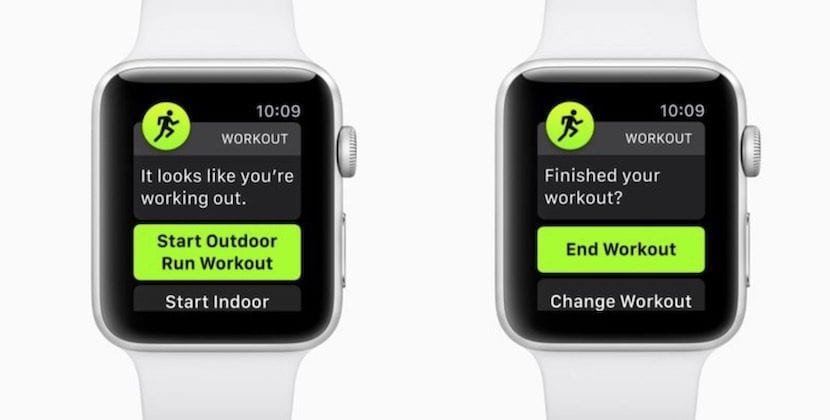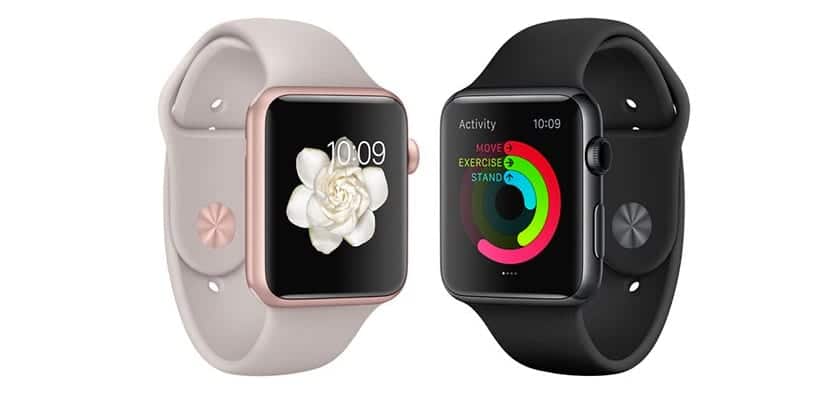
One of the best features of our Apple Watch are directly related to exercise and healthYes, it also offers us more and more possibilities with other types of applications, notifications, weather data, the new fall detector and much more, but most of us what we really take advantage of is the sports functions that offers us.
The Apple Watch has a very interesting function that is somewhat forgotten by most users and it is the one that collects the recovery data once we finish doing our physical activity. In some cases, many users do not even know the important function that the Apple Watch performs once the training is finished, but the recovery is very important after the activity and today we will see how to control our recovery times from the Apple Watch.

Recovering well is as important as training
And it is that after a physical activity the body needs some time to recover and in this case we can monitor the recovery from the Apple Watch whenever we finish a workout monitored with the watch. This function is available on all Apple Watch modelsFrom Series 0 (Original Watch) to the latest available Apple Watch, Series 4.
The data is used to see the reaction of our heart after any training and in this data we can see how as time passes and we continue training, our body takes less and less time to recover. In reality everything is related to our heart and that is why it is as important to recover well as to train frequently. To be able to see the data of our recovery after doing the training we have to go directly to the heart apple watch app.
In it we have to directly access the option that is added below each of the trainings and that is called Recovery With these data we will see how we lower our heart rate after finishing a training session and normally if we train constantly each time it will cost us less to recover our normal pulse, which is why we are doing a good job. As we accumulate training, this heart rate will drop more quickly until we recover our normal resting heart rate.

These are data almost as important as those of the workouts themselves, so from time to time check that your heart rate stabilizes or falls more quickly. In the case of my catch at the top in two minutes the BPM dropped 11. This difference has to be greater with the passage of training, which will mean that our heart recovers faster each time. One detail to keep in mind is that if we finish one training session and start another without any rest, we will obtain unfair or null information about the recovery.
